On driving to Turpan the previous day, we had to stop and register at a checkpoint outside the city. A very pleasant young lady examined our passports and wanted to know where we were going. When I said Turpan for three days, she wanted to know what we were going to do there. A lady with very good English came over and suggested the Flaming Hills, so I added Gaochang ancient city ruins and the museum. The museum has been awarded an acolade for one of the best tourist attractions in China and in my opinion it deserves it. On leaving the museum, we crossed the road and had lunch of Chinese soup in a small restaurant run by a very jolly (and large) Chinese lady while having a conversation by sign language with a group of four men at an adjacent table.
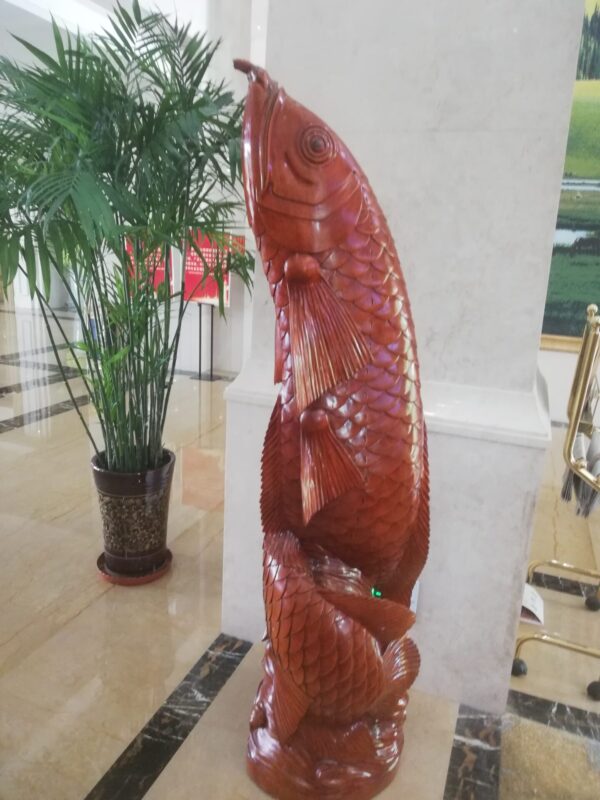
Ceramic fish in the hotel lobby

Axe from the Neolithic age, 8000-2000 BC found in Turpan. Due to the temperature and dry climate, everything is preserved here
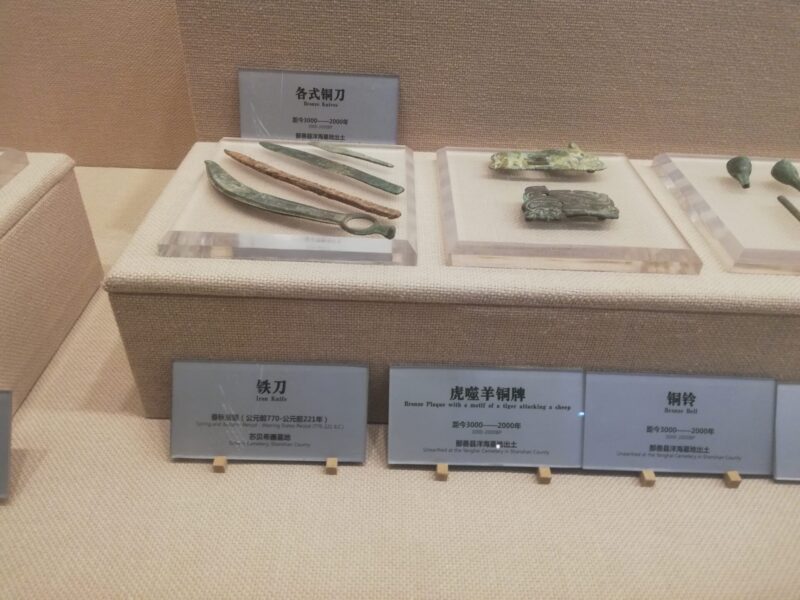
The knives n the left date from the Spring and Autumn period and Warring States period (770 to 223 BC) while the ornaments on the right are from 3000-2000 BC, found at Yanghai cemetery in Shangshan county.
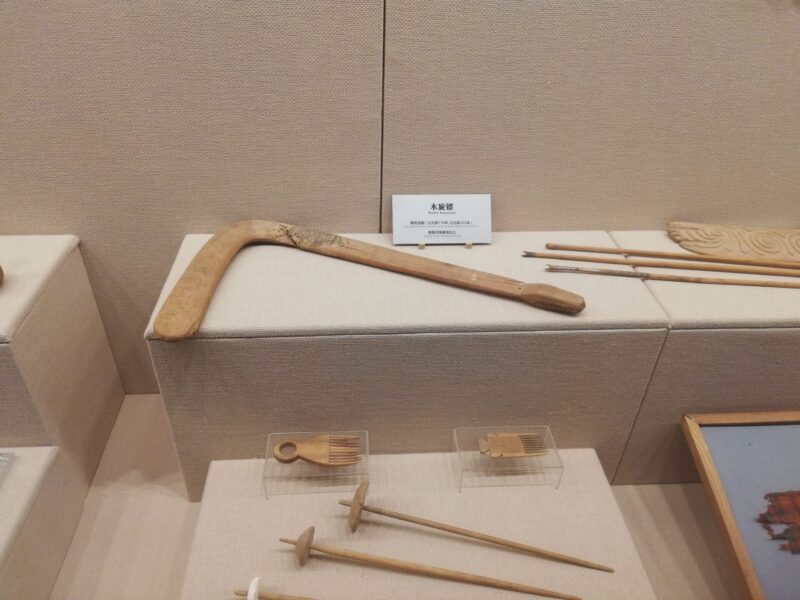
Boomerang, 770-223 BC
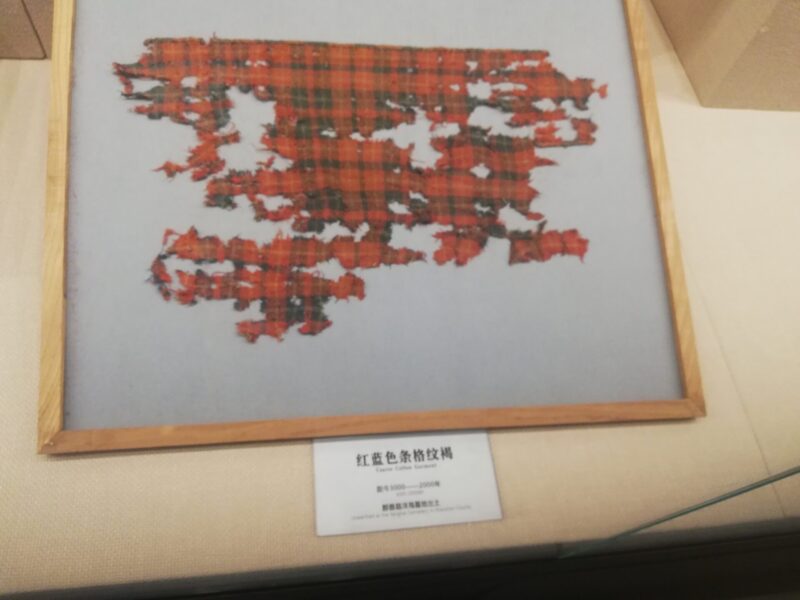
Tartan fabric 3000-2000 BC
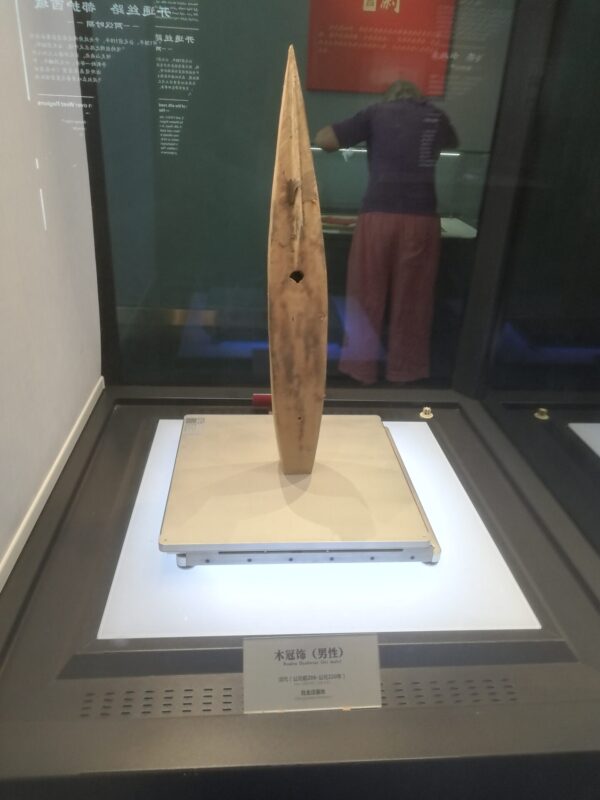
Wooden part of a headdress, 206 BC to 220 AD
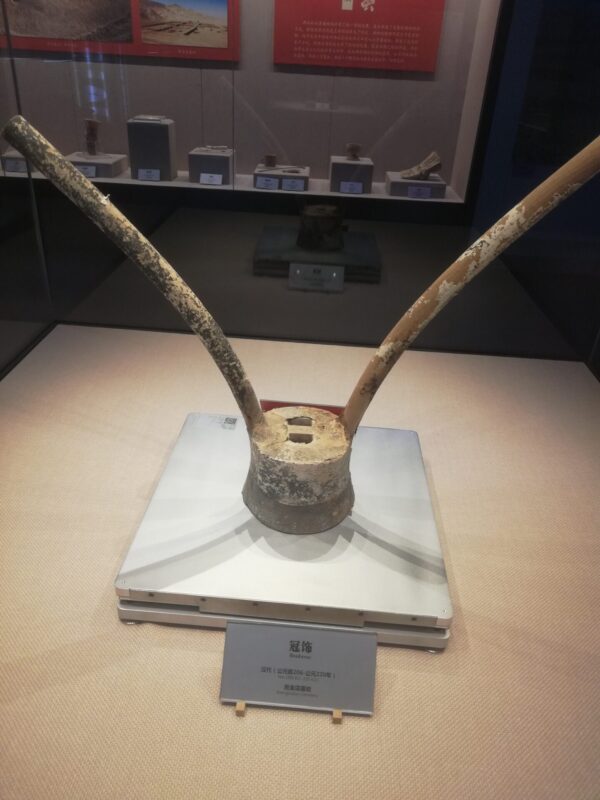
Headdress, 206 BC to 220 AD
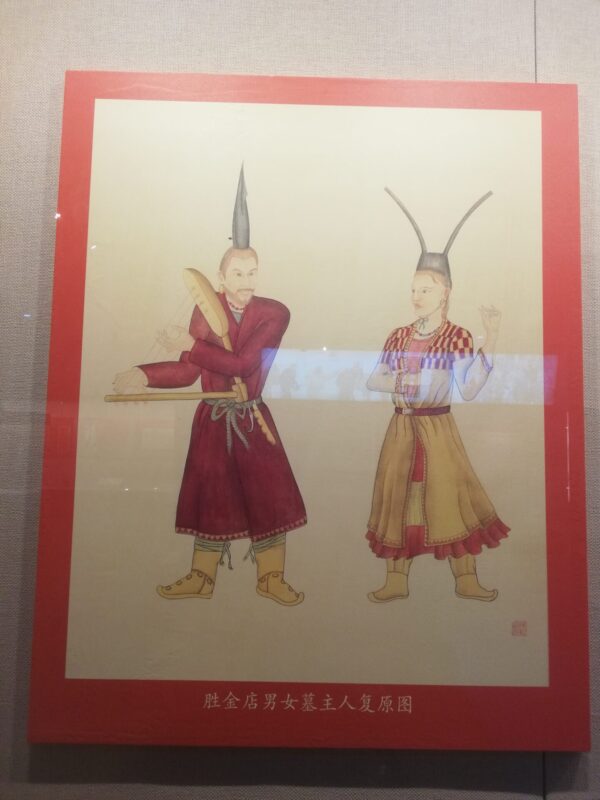

Clay horse, 327-480 AD
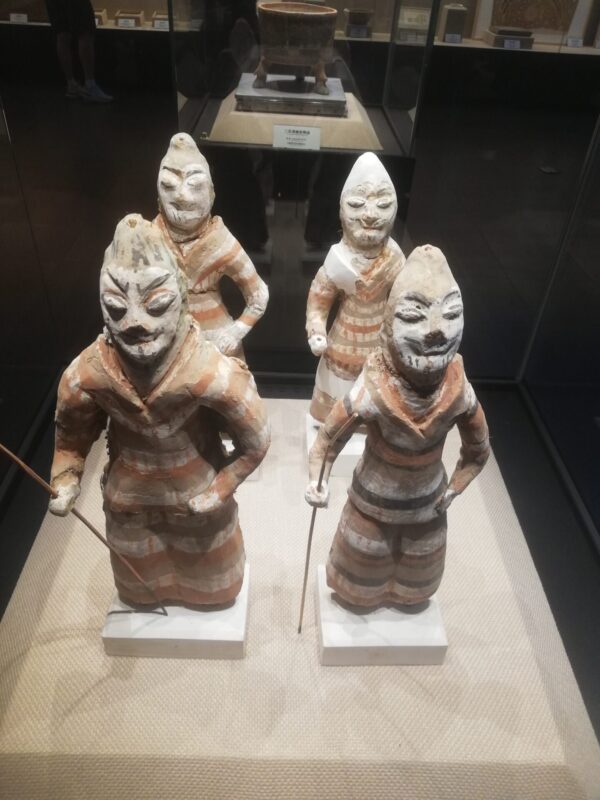
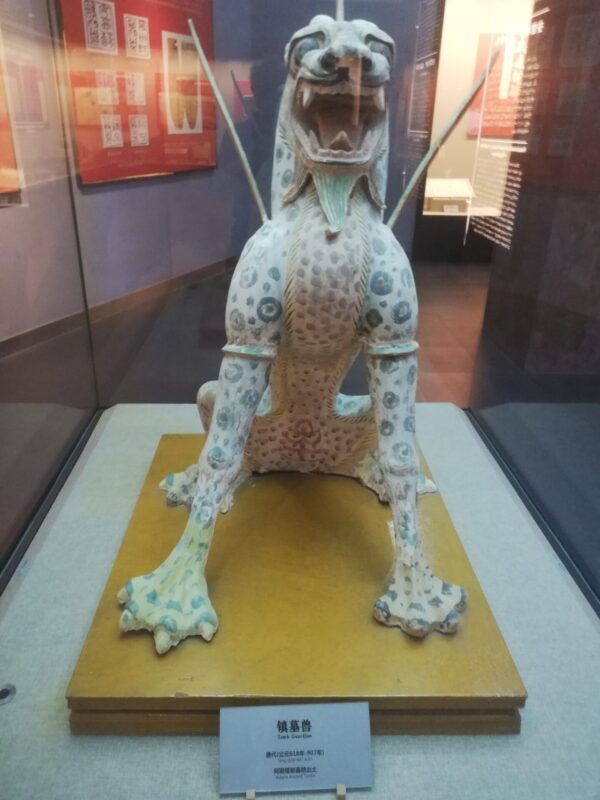
Tomb Guardian, 518-907 AD
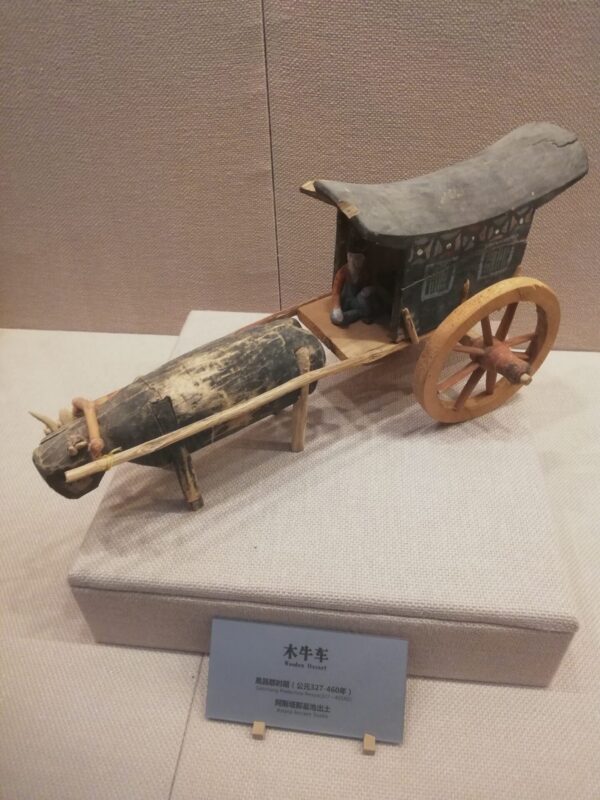
Model of an ox-cart, 327-460 AD
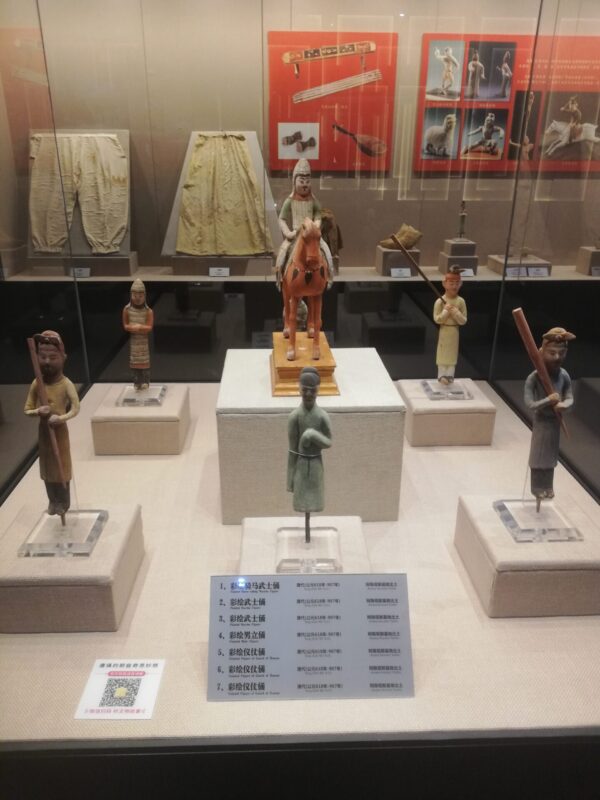
Figures from 538-907 AD

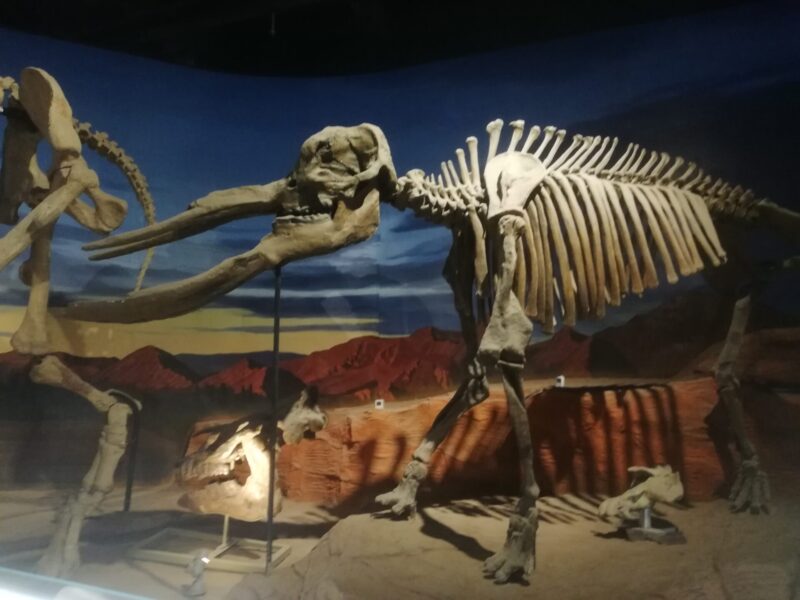
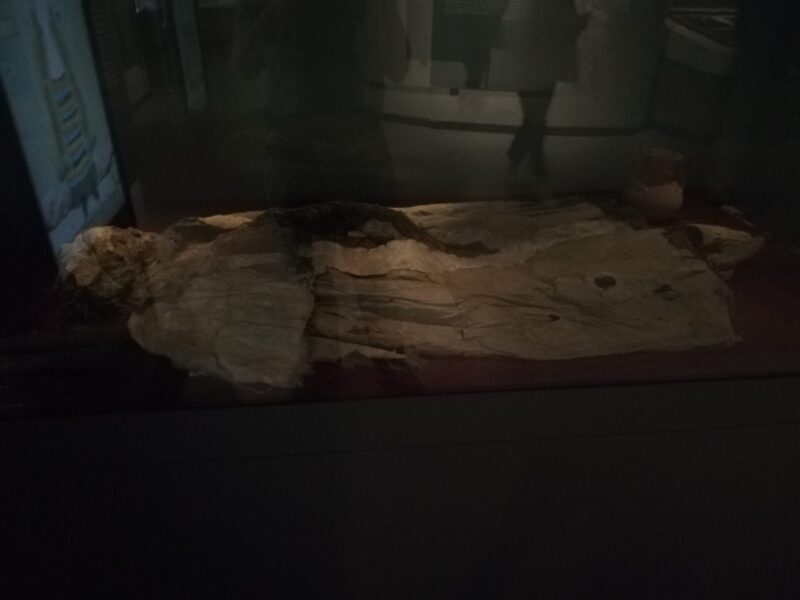
Corpse recovered from a tomb, perfectly preserved due to the hot and dry climate.
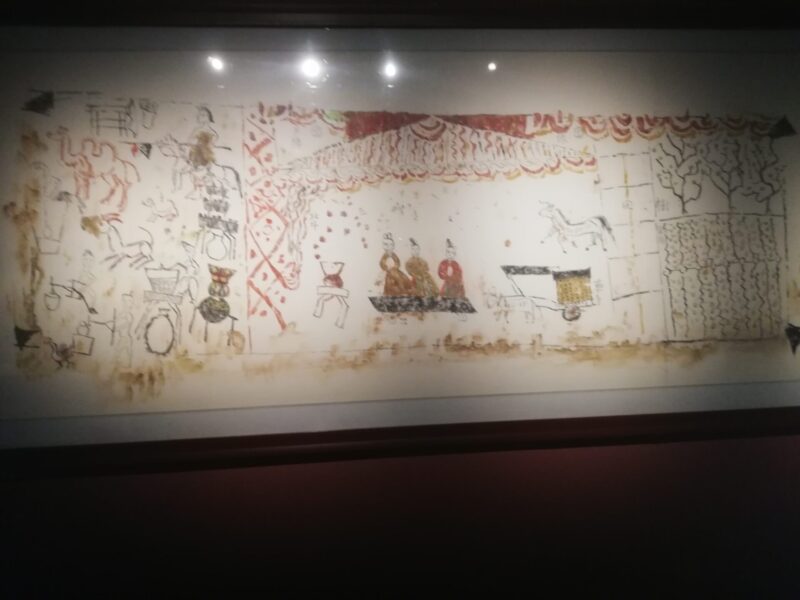
Drawing of a rural scene showing a warlord, his wife and a concubine
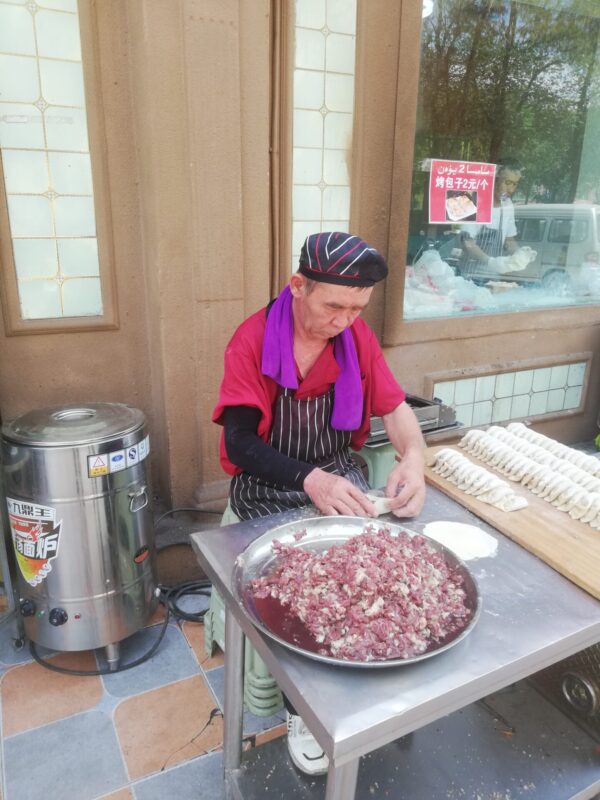
Man making samsas outside a restaurant